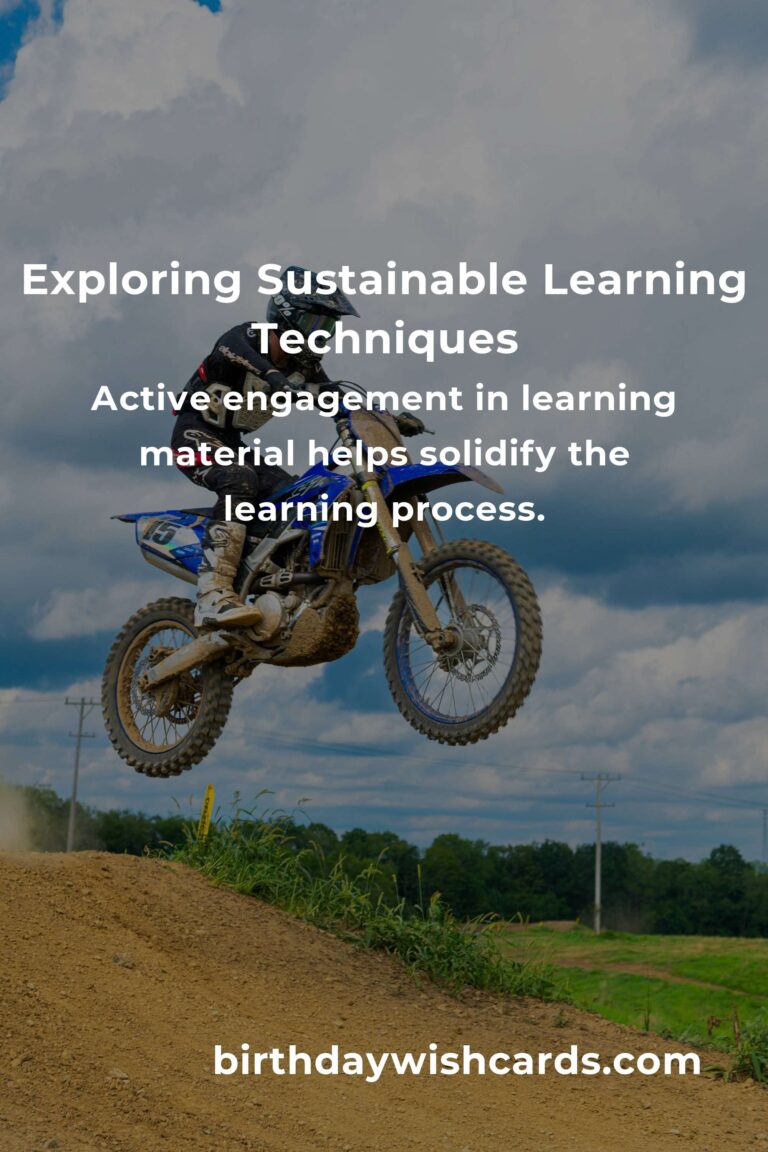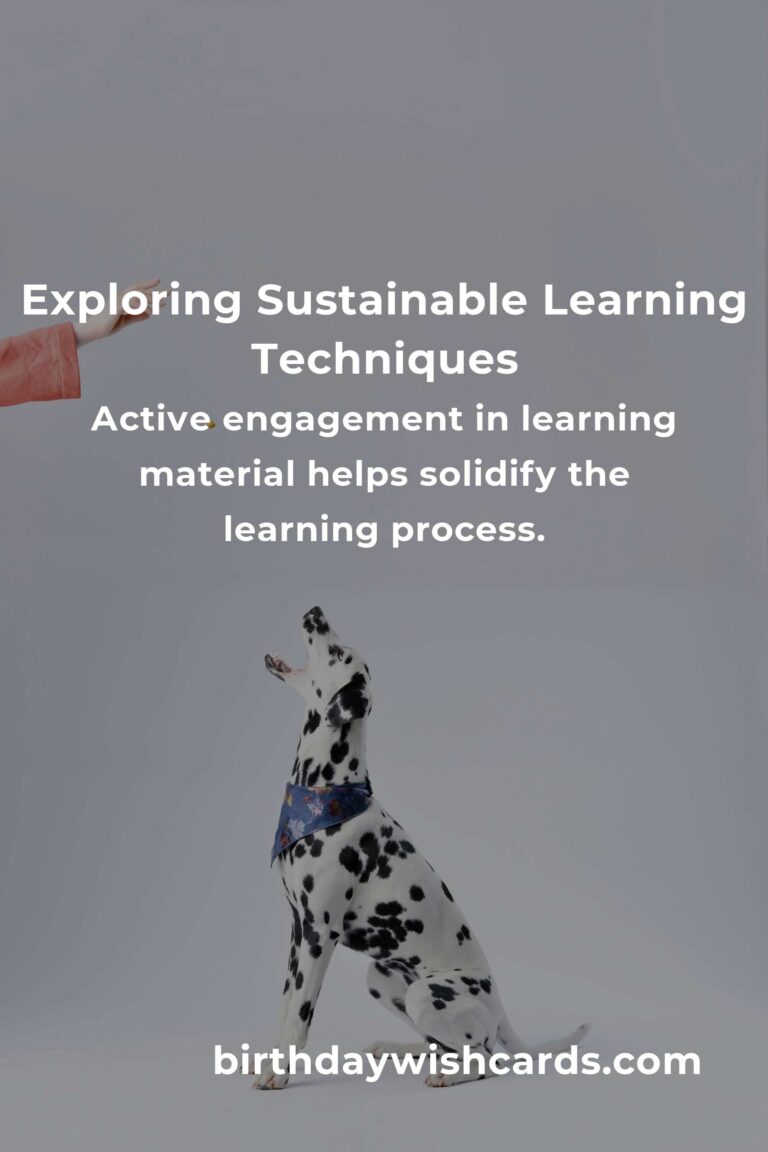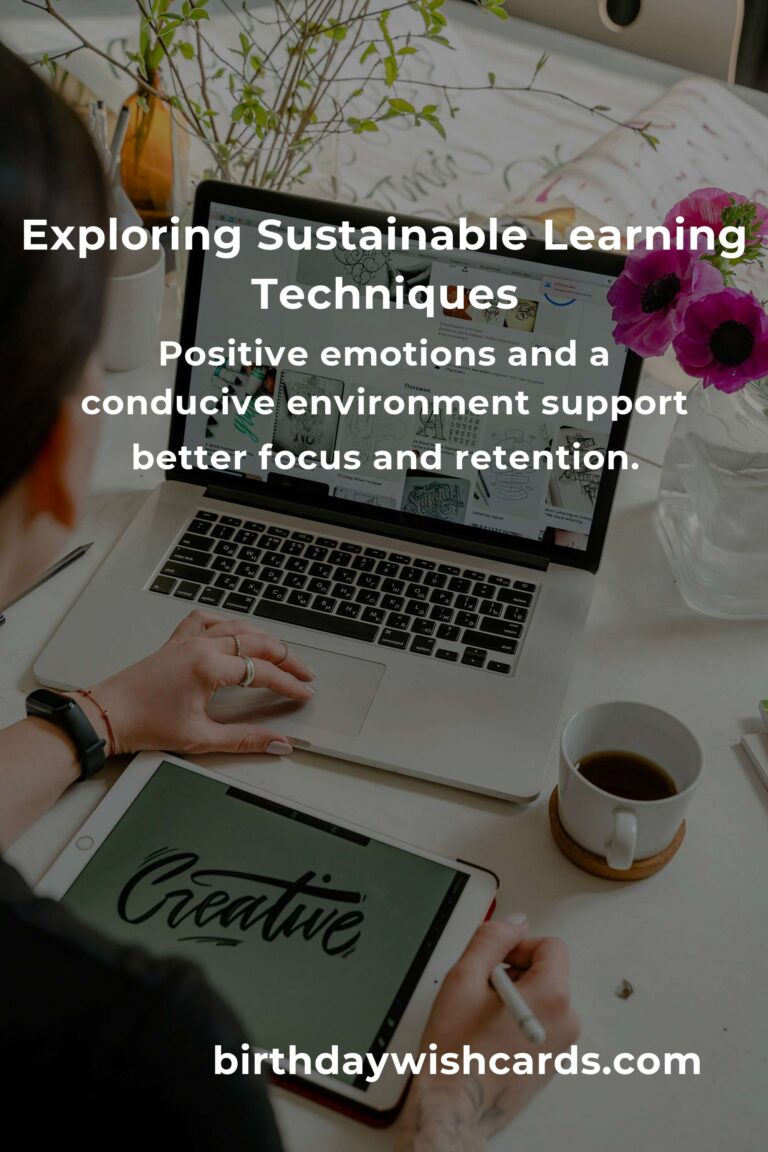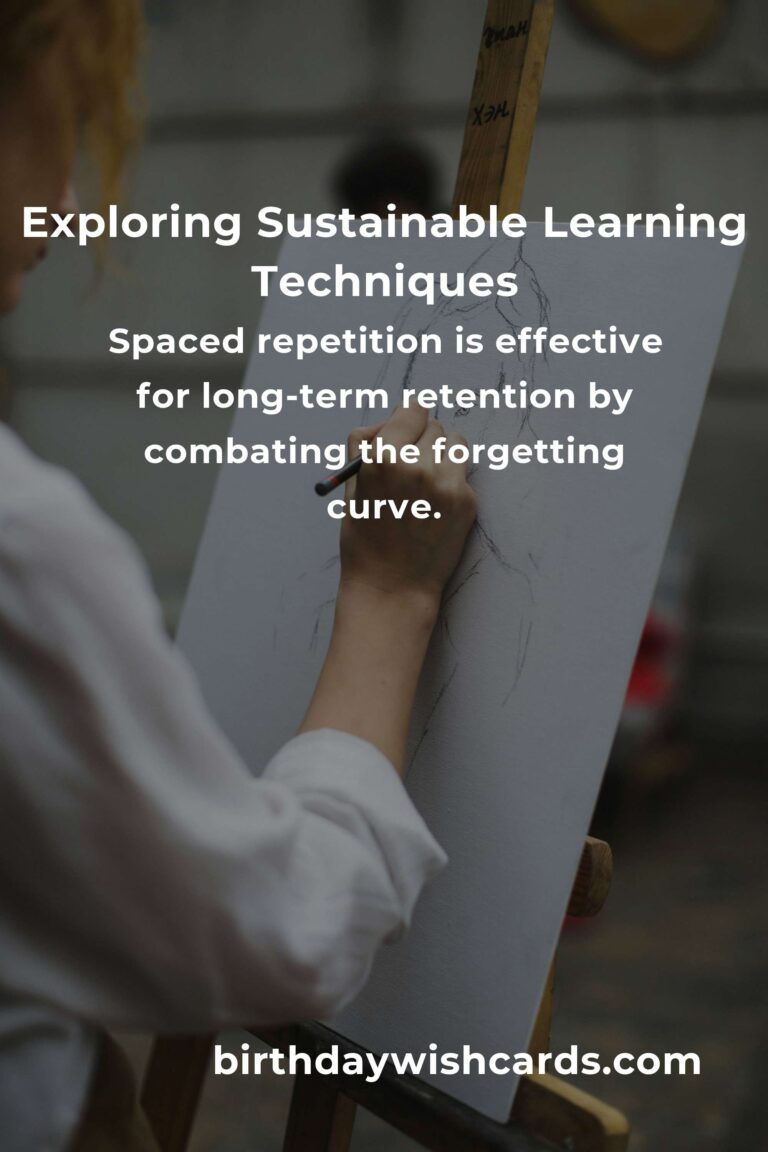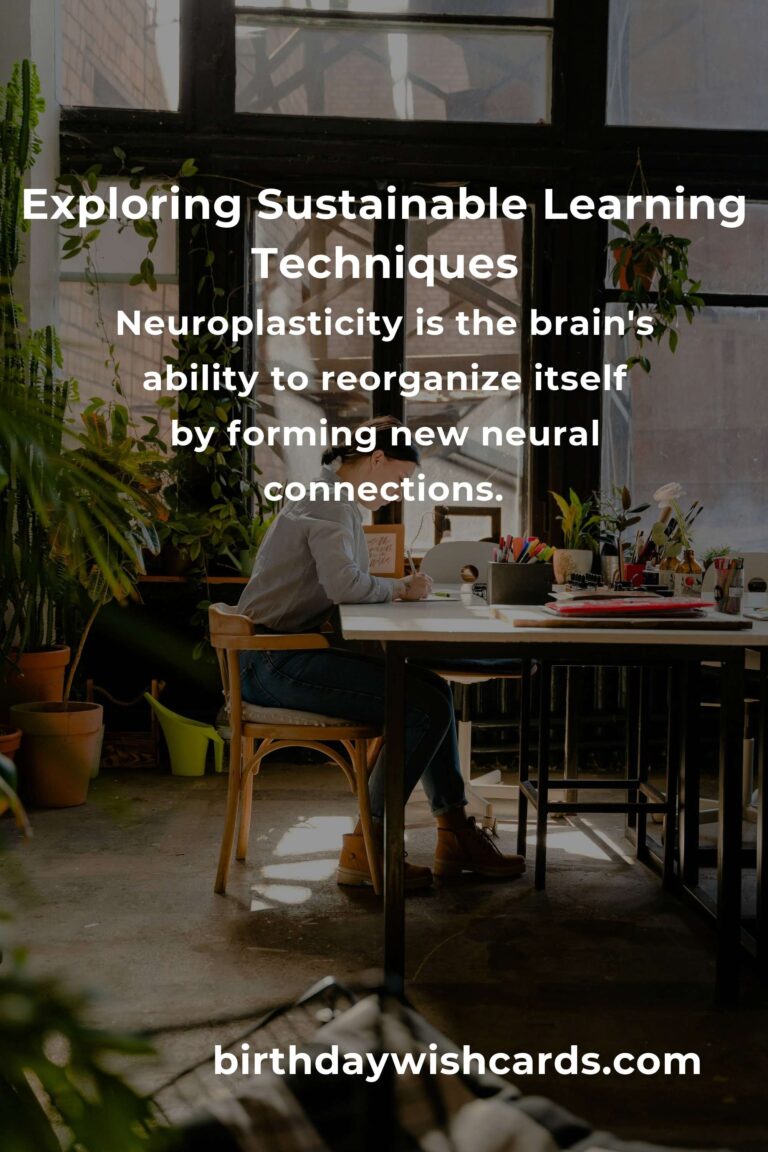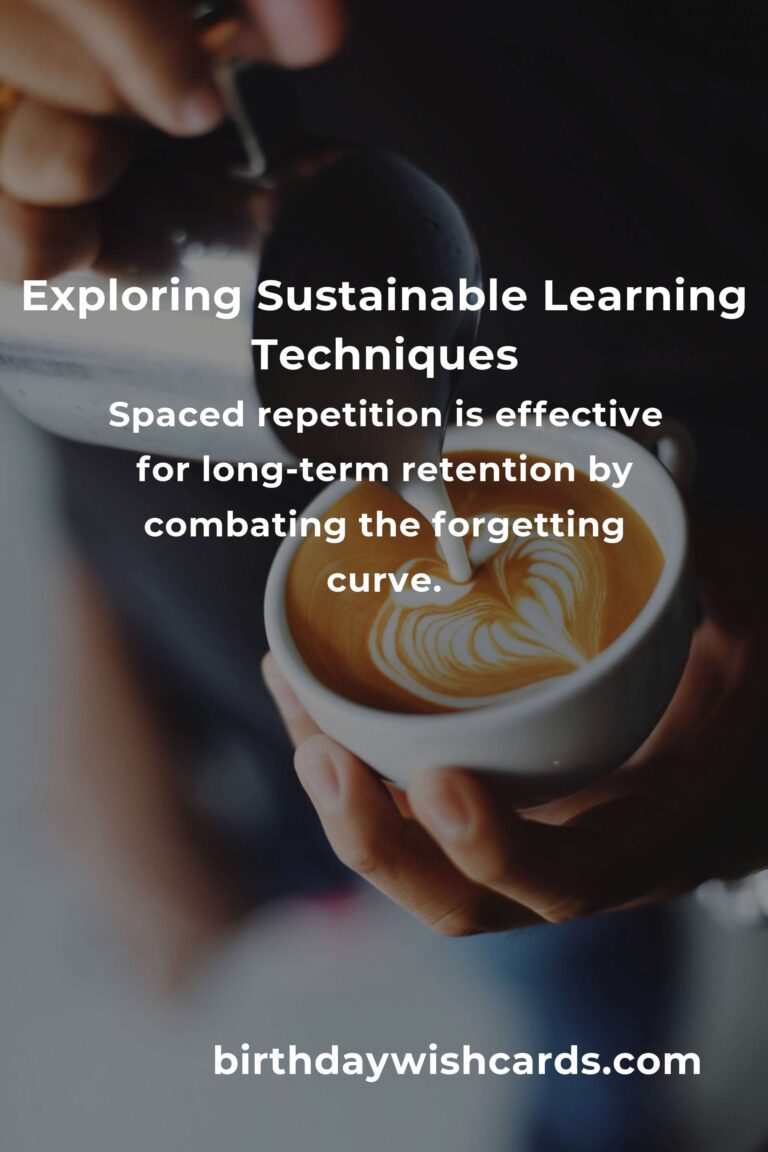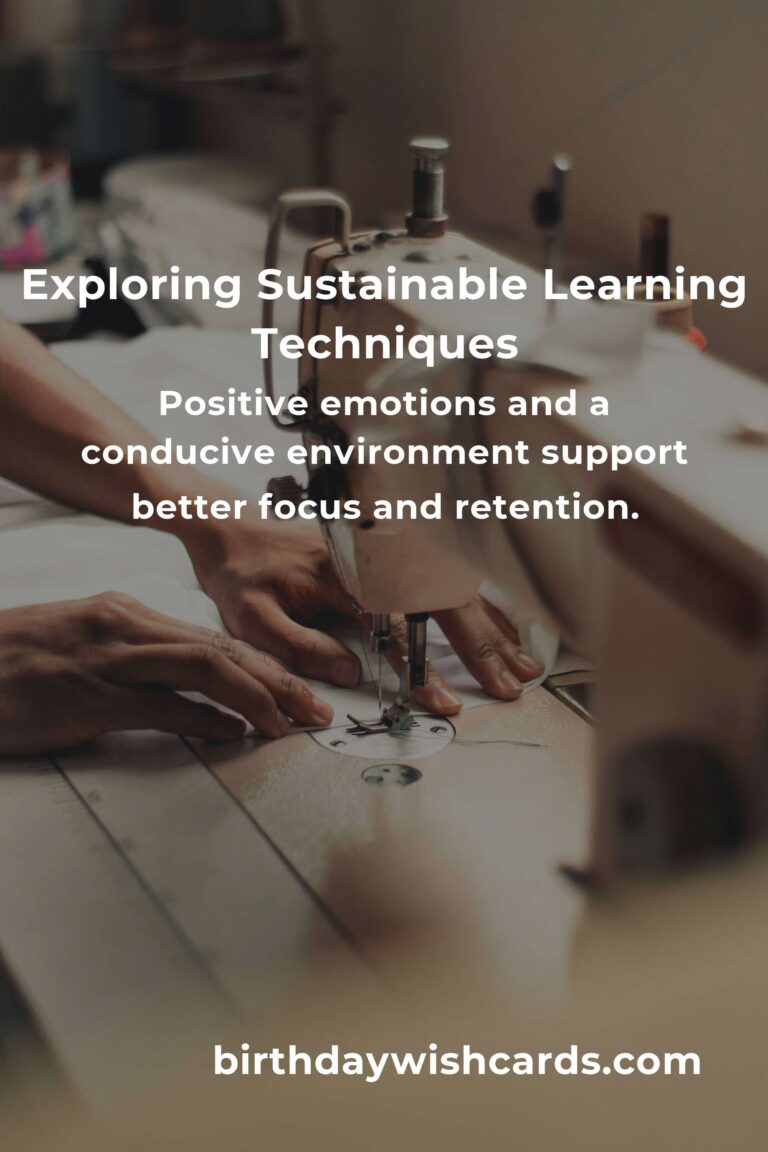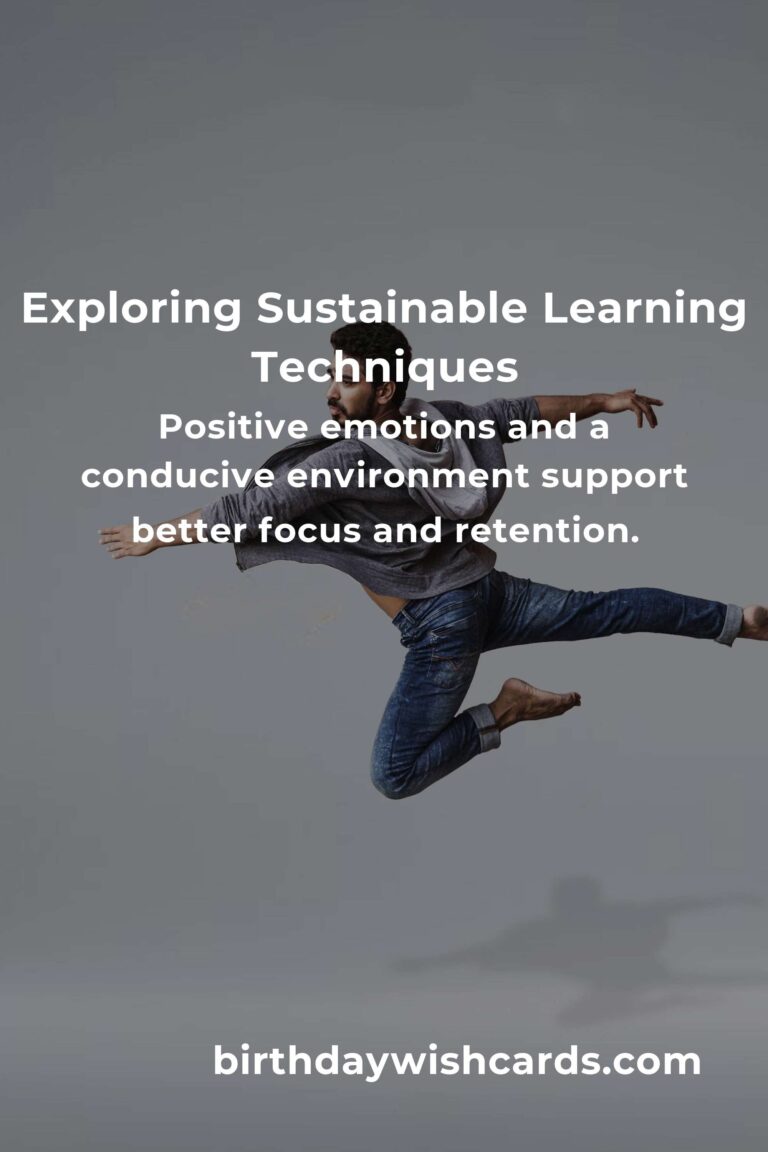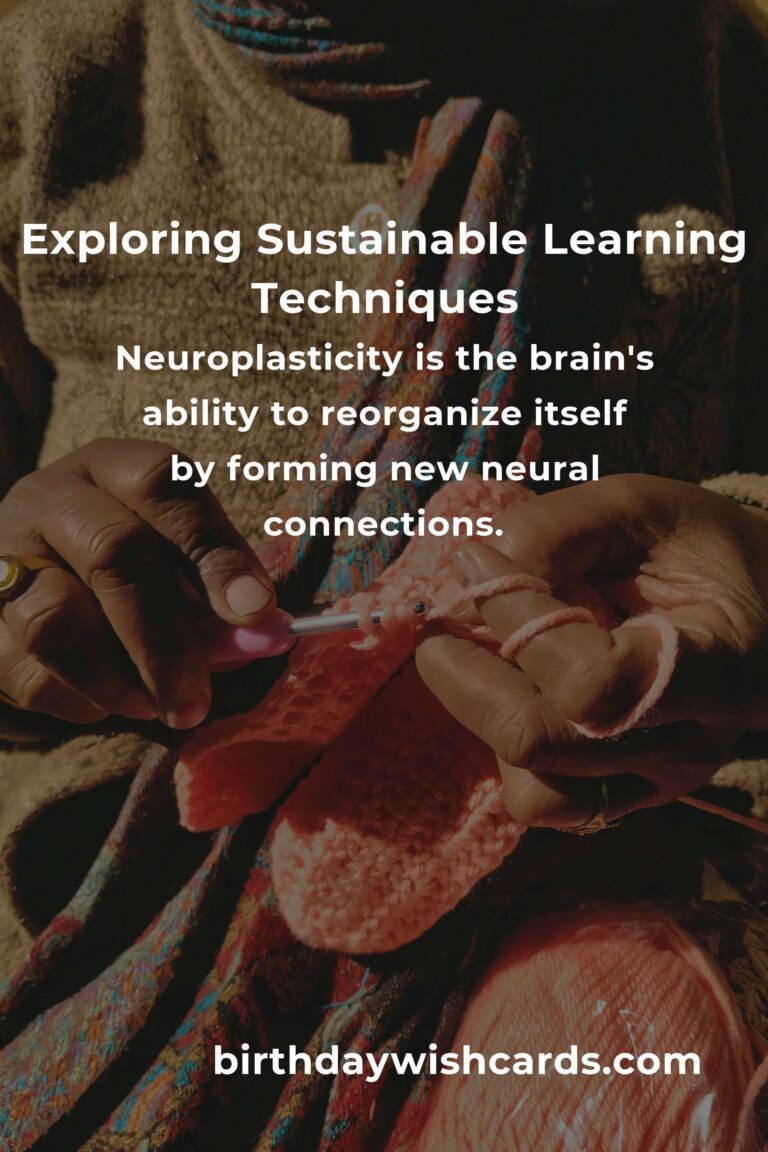
Learning a new skill is an exciting endeavor, but maintaining that knowledge over time requires understanding the science behind sustainable learning. This article delves into cognitive psychology and neuroscience to explore how we can effectively learn and retain new skills.
Understanding Sustainable Learning
Sustainable learning refers to acquiring knowledge in a way that is long-lasting and adaptable. It involves using strategies that help retain information and apply it effectively across various contexts.
The Role of Neuroplasticity
Neuroplasticity is the brain’s ability to reorganize itself by forming new neural connections. When we learn something new, our brain creates pathways that, with repetition and practice, become more robust. This adaptability is crucial for sustainable learning.
Importance of Active Engagement
Active engagement is a key element in sustainable learning. It involves interacting with the material in meaningful ways, such as through practice, teaching others, or applying the knowledge in real-world scenarios. This engagement helps solidify the learning process.
Spaced Repetition for Retention
Spaced repetition is a learning technique that involves reviewing information at increasing intervals. This method is effective for long-term retention because it combats the forgetting curve, a concept that describes how quickly we forget information over time.
The Power of Feedback
Receiving feedback during the learning process is essential for improvement. Feedback helps identify areas of weakness and provides guidance on how to enhance skills. It also reinforces correct actions and encourages continued learning.
Emotional and Environmental Factors
Emotions and the learning environment significantly impact sustainable learning. Positive emotions like curiosity and excitement can enhance learning, while stress and anxiety can hinder it. Similarly, a conducive learning environment with minimal distractions supports better focus and retention.
Practical Applications of Sustainable Learning
To apply sustainable learning techniques, one should focus on setting clear goals, maintaining a structured practice routine, and seeking diverse learning resources. Incorporating various learning methods, such as visual aids, hands-on practice, and collaborative learning, can also enhance skill acquisition.
Conclusion
Understanding the science behind sustainable learning can greatly improve how we acquire and retain new skills. By leveraging neuroplasticity, active engagement, spaced repetition, feedback, and considering emotional and environmental factors, we can make our learning experiences more effective and enduring.
Sustainable learning involves using strategies that help retain information and apply it across various contexts. Neuroplasticity is the brain’s ability to reorganize itself by forming new neural connections. Active engagement in learning material helps solidify the learning process. Spaced repetition is effective for long-term retention by combating the forgetting curve. Positive emotions and a conducive environment support better focus and retention.
#SustainableLearning #Neuroplasticity #SkillAcquisition #ActiveEngagement #SpacedRepetition


